SUMMARY
This is AI generated summarization, which may have errors. For context, always refer to the full article.
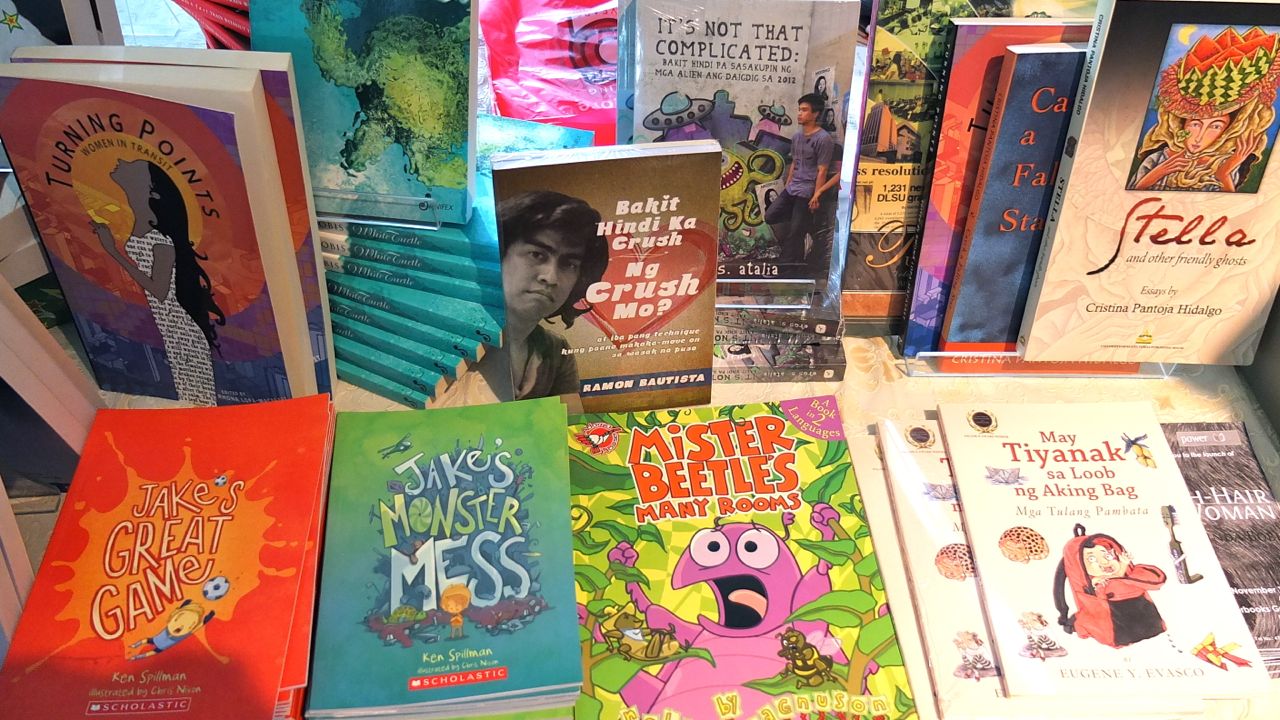
MANILA, Philippines – At the 3rd Philippine International Literary Festival aka Read Lit District, writers, bookworms and lovers of the word painted the town red (or rather, “read”) from November 14 to 16 at the Ayala Museum.
There, among tables and tables of specially-discounted books, hundreds gorged on their guilty pleasure, buying books, talking books and practically breathing in books.
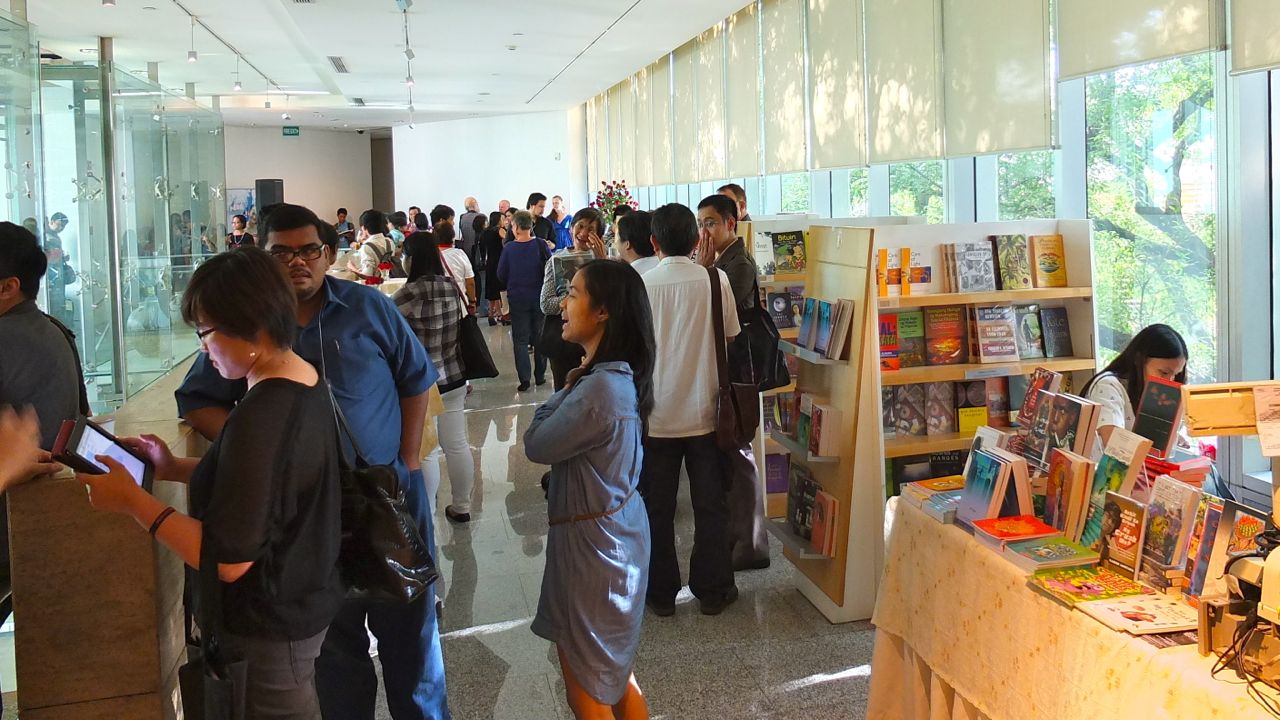
Fanning the flames of their desire were specially-designed lectures given by Filipino and foreign authors on such juicy literary subjects as why biographers leave out a person’s sex life in a biography, how literature can be creatively performed as well as read and how being gay affects writers’ lives and their work (the talk was titled, “Fifty Shades of Gay: The LGBT Label”).
In a lecture called “Into You: How to Write About Real People,” panellists Susan Lara, Romulo Baquiran Jr. and Marites Vitug, masters of creative non-fiction, were called on to talk about their works.
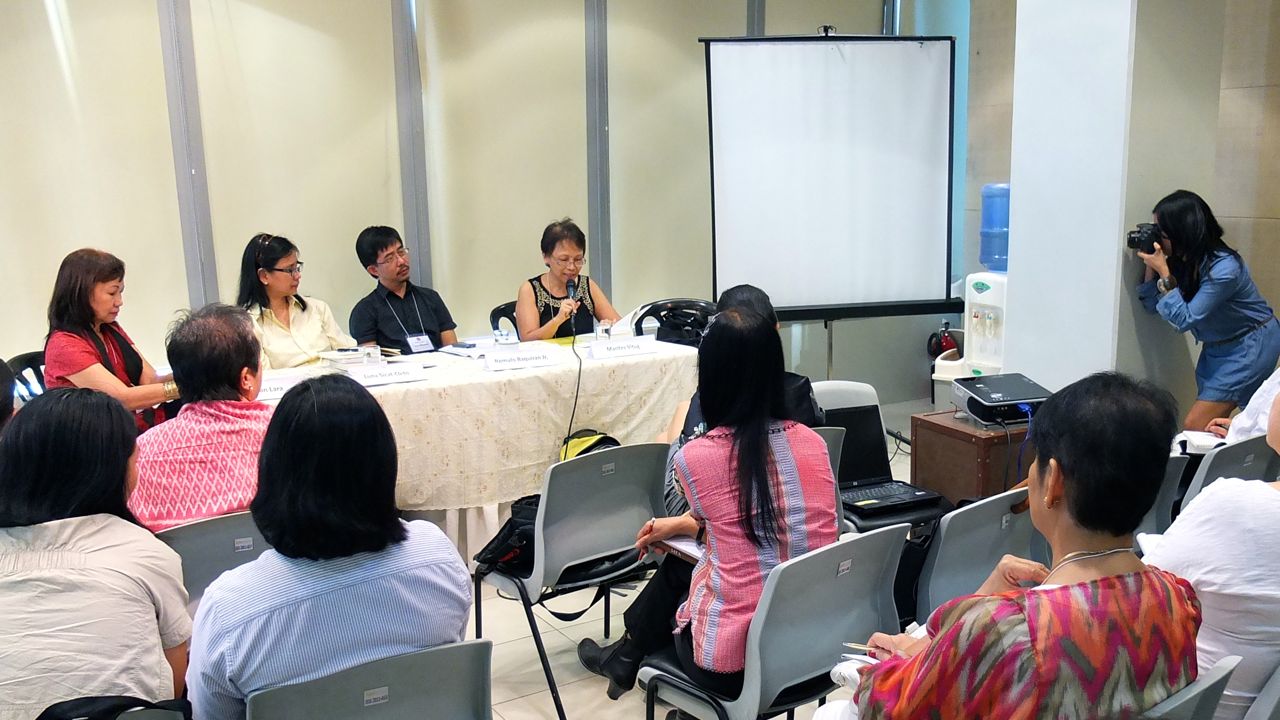
Susan Lara is a Palanca and National Book Award-winning writer known for her memoirs on Rene Saguisag and Edith Tiempo.
Romulo Baquiran Jr. is the author of Onyx, a collection of non-fiction essays that won the National Book Award.
Marites Vitug is one of the country’s most respected investigative journalists and is the author of the bestselling expose’ on the Supreme Court, Shadow of Doubt. She is also Rappler’s editor-at-large.
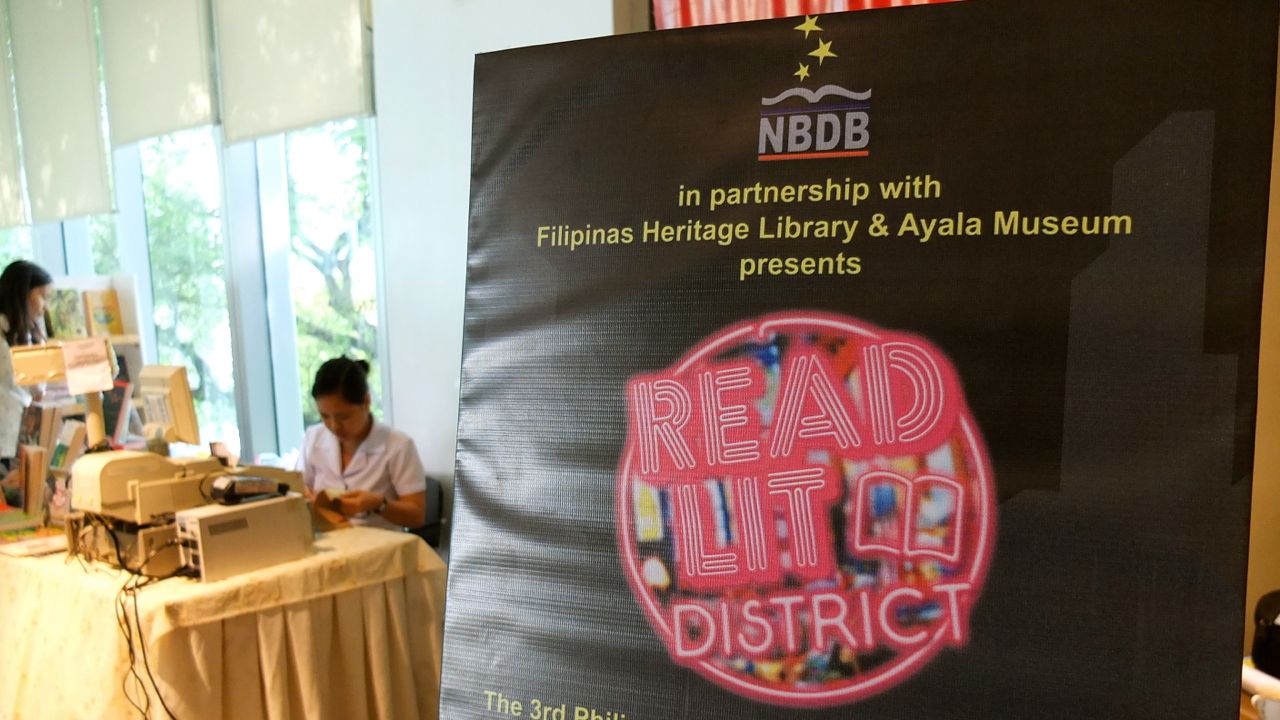
Together with a very active audience of writers, memoirists and readers, they wove an intricate discussion about the art of turning real people into story characters, the joys of organizing the chaos of reality into a narrative and what it takes to stand up for your own interpretation of reality.
Here are 15 interesting writing tips and points of discussion:
1) If fiction is concerned with making what is imagined believable, creative non-fiction is concerned with making what is true believable.
2) In many ways, it’s easier to write about real people because everything you need to know is already there. You just need to find ways to enter their lives…
3) …which is why you should be on chismoso or chismosa mode all the time. Eavesdrop, be curious, ask questions and take down interesting sound bites. Immerse yourself in their lives.
4) To turn a real person into a character, get details. Capture their thought patterns, speaking rhythm and other quirks. Make them complex by showing their weaknesses and strengths.
5) Research is the key to unlocking the story of characters.
6) Good subjects: people who do wrong and cover their tracks or not cover their tracks, people who hide their true faces.
7) A dilemma in writing about real people is knowing how much to write about them. Is there a limit? Where do we draw the line?
8) If you want to write about people, be prepared to make some enemies. Not everyone will agree or like what you have to say about them.
9) Show, don’t tell. The reader makes the judgment, not the writer; although some readers want it spelled out.
10) It’s impossible to be completely neutral and balanced when writing about a person. Conclusions have to be made. The writer cannot keep saying “On one hand… On the other hand…”
11) Confirm facts about a person or incident with two reliable sources.
12) Philippine publishers love works of non-fiction especially if they are about famous or controversial people. But they should be more open to stories about regular people because there stories are also interesting.
13) Writers should consider self-publishing as an alternative if big-time publishers reject their work or offer them too little for it.
14) Writers should help each other out and read each other’s work.
15) Philippine literature needs more writers of crime stories and memoirs. Start writing!
All too soon, the lively discussion, in which members of the audience shared their own experiences with writing family memoirs and attempting to get published, had to come to an end.
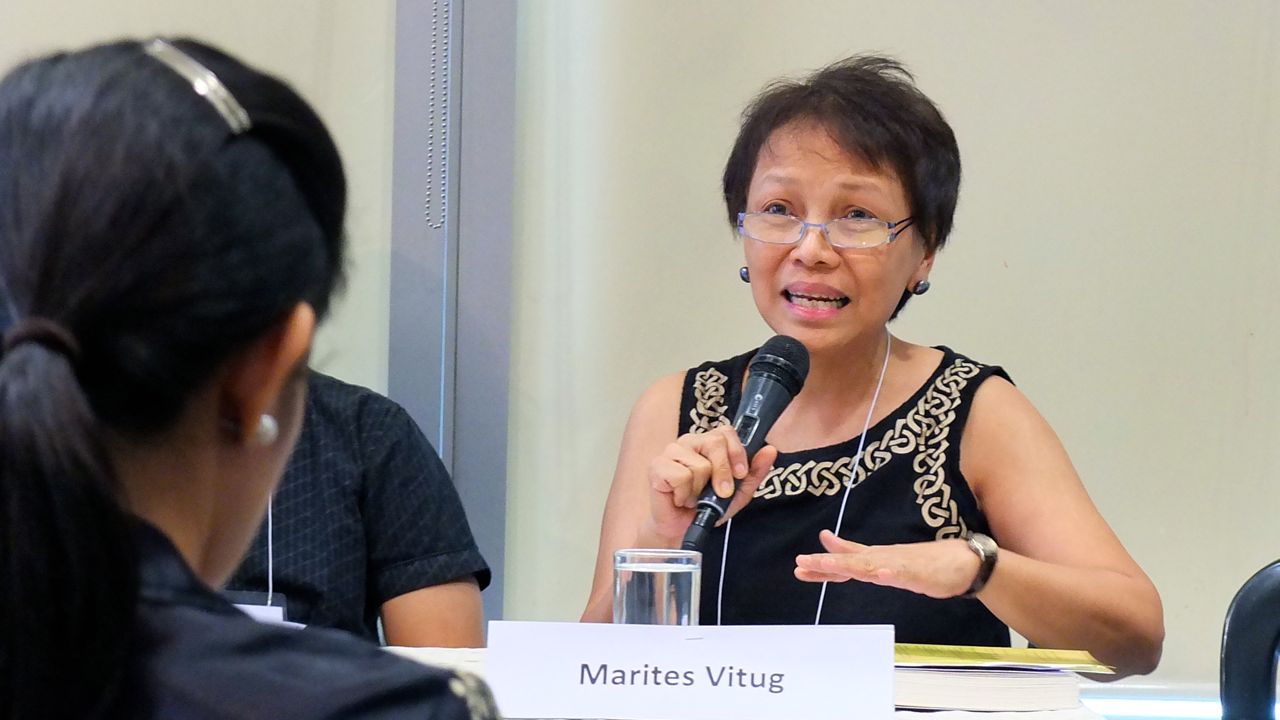
Though much of the conversation dealt with the difficulties and challenges brought on by the genre of creative non-fiction, it ended with a hopeful, positive note that one day, our shelves will be lined with as many different stories as there are many different people. – Rappler.com
Add a comment
How does this make you feel?
There are no comments yet. Add your comment to start the conversation.